Entering your honey and beeswax in competition can be fun and profitable. The payouts for first through fourth place awards aren’t going to make you wealthy but that ribbon should make you proud of your accomplishment. Your honey will be judged by Certified Honey Judges, trained in the art and science of honey judging. Your entry speaks highly of your efforts to be recognized as producing a South Carolina beekeeping product that represents the very best South Carolina beekeepers have to offer.
Let me begin by saying I’m no expert. I decided to enter last year’s State Fair for the simple reason that I enjoy almost all aspects of beekeeping. Entering the fair competition was, for me, a way to explore another aspect of something I find rewarding. I had no idea I’d win anything; I just wanted to participate. After doing my research I found that the rules vary a bit from show to show but there are common threads that run throughout – cleanliness, consistency, presentation, and beauty. Your entry should reflect your pride in your product while following the presentation guidelines of the particular show.
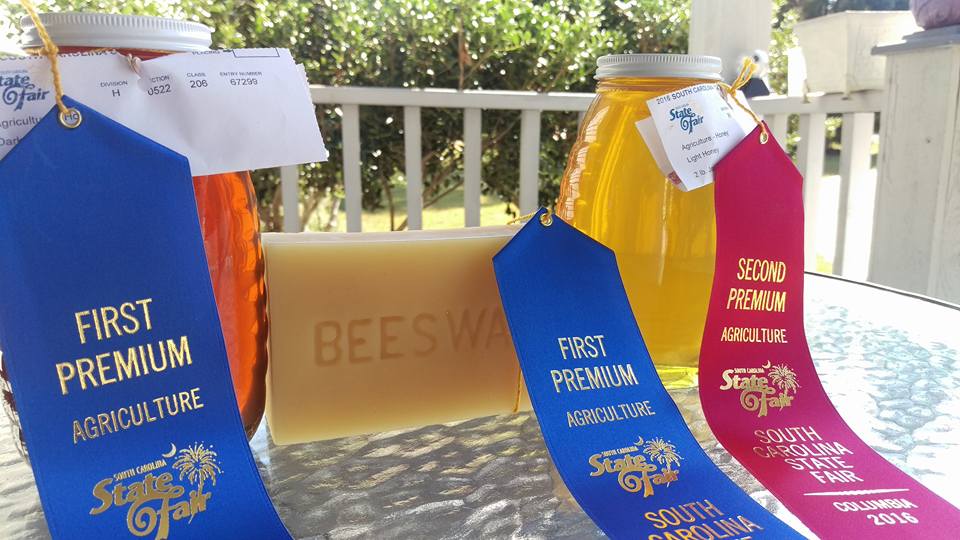
This article will attempt to explain how to enter your honey and beeswax for judging at the South Carolina State Fair. It is not all inclusive and the reader is encouraged to visit the State Fair website for particulars related to entry dates, categories, drop off and pickup dates, and other particulars. At the end of the article I’ll list important links to the State Fair and the entry department. Registration may be made either online or via postal mail. And the cool thing is it’s free to enter as long as you do so during the regular registration dates. This year Regular Registration begins July 1st and closes September 1st. You can enter after these dates (until September 16th) but there is a rather costly entry fee to pay for each entry during late registration.
The South Carolina State Fair accepts entries in the following categories related to beekeeping:
1 pound jar extracted honey (light)
1 pound jar extracted honey (dark)
1 pound Muth jar (light)
1 pound Muth jar (dark)
Pint jar extracted honey (light)
Pint jar extracted honey (dark)
Quart jar extracted honey (light)
Quart jar extracted honey (dark)
Pint jar extracted honey with comb (light)
Pint jars extracted honey with comb (dark)
Quart jar extracted honey with comb (light)
Quart jar extracted honey with comb (dark)
1 pound cut comb honey (light)
1 pound cut comb honey (dark)
1 pound beeswax
Also, dipped and molded taper candles, and molded ornamental beeswax have also been added.
Best Beekeeper Exhibit – The topic for beekeeper display is Honey Bees Contribution to our World.
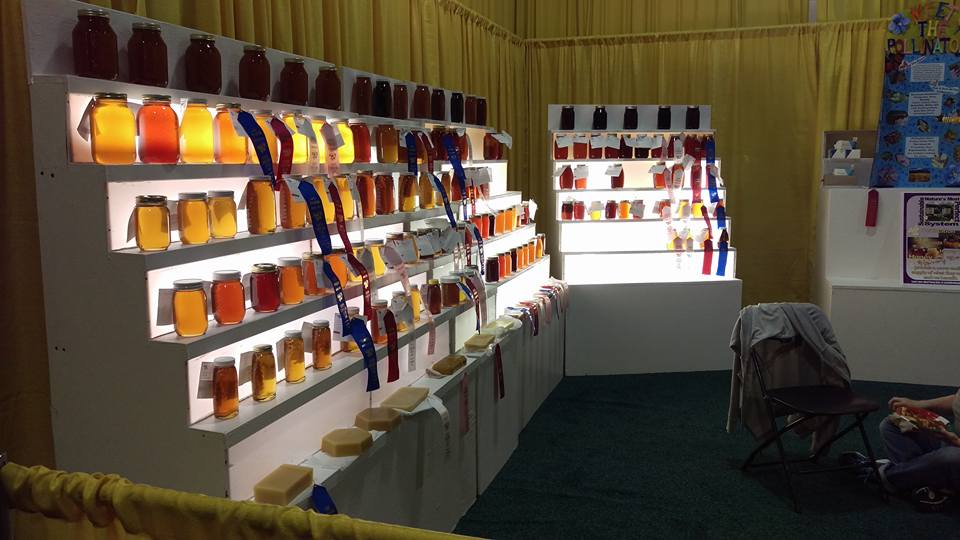
That’s a lot of categories to enter. Wow! And most have 1st place through 4th place awards! Let’s get started talking about how you’re going to take home a ribbon this year!
Before we begin, let’s talk about your timeline. Decide now what categories you wish to enter. Calculate how much honey you’re going to be entering in this year’s State Fair. Do the math. You may find that you’ll need quite a bit of honey. After you determine the categories and the amount of honey you will be entering set aside an additional 25 – 50%. This will provide you with a margin of safety in case of a spill, you need to re-strain, and provides for loss due to pouring from one jar to another. Don’t worry about setting aside too much as it will still be saleable afterwards should you have more than needed. You just don’t want to run short as you prepare your entries – you want consistency in your show batch and that will be easier if you have a bit more rather than a bit less than you plan on entering.
Once you decide what categories you will be entering, register online or by mail. It’s free if you register before September 1st so why wait? Registering will also help you get mentally into setting your timeline of tasks for preparing your entries.
Tip: Fiona Apple sang a song titled, “Slow Like Honey” but you shouldn’t be slow getting started in preparing your entries. Honey moves slowly. Bubbles and foam rise slowly. The steps needed to produce your final entry will take time and your best entry will be one that’s not rushed. It’s one of those hurry up and wait situations. So get started now, be patient, then during the preparation period tweak your entry and progress towards your final finished product.
First let’s talk about those entries involving Extracted Honey in 1 pound, 2 pound, pint, and quart jars:
Extracted honey will be judged on:
Density – water content above 18.6% will be disqualified.
Absence of crystals.
Cleanliness of honey – Without lint, without dirt, without wax particles, without foam.
Flavor – ONLY for honey flavor adversely affected by processing.
Container appearance and cleanliness.
Accuracy of filling.
While all honey entered must be in glass jars, the 1 pound jars must be in Queenline type glass jars. There is also a category for 1 pound Muth type jars. These can be purchased at most bee supply companies. If you can visit a local bee supplier that carries them you should do so as this will enable you to select the clearest jar without flaws, bubbles, scratches, and other imperfections. At this point you may be thinking, “What does the jar have to do with honey judging?” and you’d be right to think this but remember your presentation is extremely important if you’re going to win against the best beekeepers in South Carolina. We already know you’ve got the best tasting honey in South Carolina, just like I have, but what sets dozens of excellent honey entries apart is going to be the fine points and that starts with presentation. Just like a fine dinner at a nice restaurant versus a trip to your favorite fast food joint, the experience counts. So, start with a jar as perfect as you can find.
Tip: Take that jar and wash it inside and out. Place it in the dishwasher and turn on the extra shine setting. Clean it and polish it until it shines inside and out.
Density – moisture content above 18.6% will be disqualified.
Your honey will be checked for density. Hopefully you remember from your beginning beekeeping class that honey should contain no more than 18.6% moisture. The USDA standard for Grade A and Grade B honey states honey should contain a solids minimum of 81.4% (or 18.6 moisture). All honey submitted for judging will be checked and a moisture content above 18.6 will be disqualified.
Tip: Check your honey before submission to ensure a moisture content of 18.6% or less by using a refractometer. I recently saw one on Amazon for $24.00 but I’m sure someone in the club will check your moisture for you if you don’t have one. A good rule of thumb is capped honey will be 18.6% or less in moisture so take no chances on the honey you’re going to enter by only using capped honey and you should be safe. Rationale: Honey with lower moisture content resists fermentation. The best grades of honey will not ferment due to the lack of moisture.
Absence of crystals:
Absence of crystals in the entry will also be checked. All honey will crystalize given enough time. The ratio of sugars contained in the honey determines how fast the honey will crystalize. Depending on the floral source some honeys may crystalize in a matter of months. Other honeys may last a year or even longer. Other factors contributing to the crystallization process include the presence of particles in the honey such as pollens as well as storage temperatures. The judges will check for crystallization by shining a light through the honey to detect minor crystals. Using last year’s winning entry would probably not result in a repeat performance as the honey will probably have detectible crystals. Rationale: Although we know that honey can always be re-liquified, the lack of crystals assures the market customer that the honey has been properly stored and is fresh.
Cleanliness of honey – Without lint, without dirt, without wax particles, without foam.
Of course no one wants to see a bee body part floating around in their honey. But neither should you worry much about your honey not being ultra filtered either. Pollen is a natural component of honey and is expected. While the presence of naturally occurring pollen is expected, neither should your entry be hazy or cloudy with pollen.
Items such as lint, pieces of wax, and bubbles should be absent.
Tip: Don’t use cheesecloth to strain your fair entry. Start your straining with your standard stainless steel sieve using the finest mesh. Then allow it to sit for a few weeks so that any wax and particles rise to the top of the jar where they can be skimmed off. If you’re not pleased with the clarity an additional straining can be made using a lady’s stocking. Be cautious though as the fine mesh of the stocking can introduce very fine bubbles which will take some time to rise to the surface of the honey for removal. When straining honey let gravity do the work as forcing it through the mesh by wringing will increase fine air bubbles.
This process is going to take some time. Honey is thick and wax particles and bubbles move slowly. Ideally you should set aside your honey now to give it time to start clarifying. After giving it a few weeks you’ll want to open the jar and skim off the particles and foam. You may find you want to then do another straining through a lady’s stocking before pouring it into your specially prepared jar for your entry. Then you’ll wait again for bubbles to rise. Eventually you’ll be satisfied.
Tip: When you make your final pour into your presentation jar over fill the jar to within a quarter inch of the top. This will allow you to skim off any foam or pollen a day or two before you take your honey to the Fair. It will also allow you to remove that extra honey such that your fill line is perfect (more on this later).
Tip: Placing the jar on a window sill will gently warm the honey allowing bubbles and foam to rise a little faster and will reward you with seeing the honey get clearer each day.
Flavor – ONLY as adversely affected by processing.
You don’t get extra points for having the best tasting honey in South Carolina. Actually, some honey judging competitions do have a “black jar” contest where the honey is judged on taste alone. No doubt everyone’s honey is going to taste the best to them and it’s purely subjective so “black jar” contests are separate from standard honey judging.
What you need to know as far as taste goes is that you can lose points for “off tastes.” That is, if your honey has an overly smoky flavor from over smoking the hive when you pulled your honey. Or perhaps poor handling of your bee repellant when you harvested has caused an off taste. Another possibility is allowing your honey to sit too long before processing causing some uncapped honey to ferment which may have affected the flavor. Yet another reason honey can have an off taste is overheating in the extraction process. And if your honey has a taste of spearmint, tea tree oil, wintergreen, or lemongrass oil it’s going to be obvious your entry was adulterated with feed syrup. In conclusion, you won’t get extra points for five-star tasting honey but you can lose points for errors that may have affected the flavor of your final product.
Container appearance and cleanliness:
As already mentioned, the visual presentation of your product is important and reflective of the effort you have made to show off your entry. Don’t let even a speck of dirt escape your detection inside or outside of your jar.
But don’t stop with just polishing the jar, absolutely no fingerprints should be on the exterior or interior of the jar. Your lid should also be spotless without dents, scratches, labels, or signs of rust. Although any lid is allowed, a nice one piece lid allows the judge to easily remove the lid to evaluate the lid and the honey. I prefer white lids although I believe gold tone is also available.
Tip: Take an extra lid with you on the day you take your entry in for drop off. There should not be any honey on the interior of the lid. The steward receiving your entry understands this and will patiently wait while you change jar lids before submitting your entry. (Another method is to use plastic wrap between the lid and the jar and remove the plastic wrap prior to submission).
Judges will not disqualify a jar because of an air bubble (in the glass), but try to get the best jar without ripples, nicks, scratches, residue (stickers, honey, adhesive, finger prints etc.)
Also, if reusing a jar, make sure there are no lingering odors. On opening the jar it should smell like honey.
Tip: When entering pints and quarts show off your honey rather than the jar. A simple, plain, thin walled (mayonnaise type) pint or quart glass jar allows your honey to be the star of the show.
Important: Do not affix any label to the jar or lid. Your entry will be appropriately marked with an identification slip when received by the show steward on entry day.
Accuracy of filling:
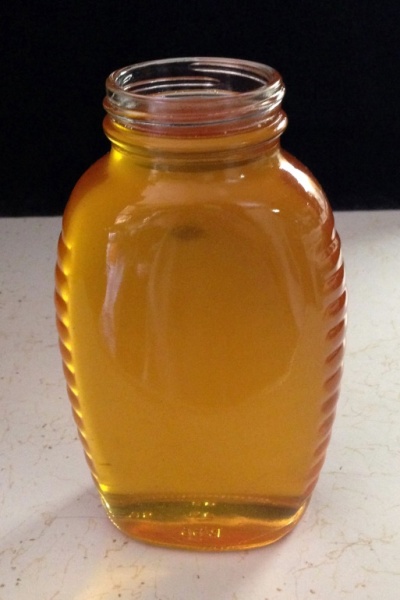 It’s important that you give the customer their money’s worth. To that end, a standard has been set that will be judged in honey contests. A rough estimate is that your honey fill line should be above the bottom of the lid such that no air is observed when the jar is looked at from the side. Stated another way, no light should be seen between top of the honey and lid. Aim for a point at the bottom of the spiral that the lid screws onto.
It’s important that you give the customer their money’s worth. To that end, a standard has been set that will be judged in honey contests. A rough estimate is that your honey fill line should be above the bottom of the lid such that no air is observed when the jar is looked at from the side. Stated another way, no light should be seen between top of the honey and lid. Aim for a point at the bottom of the spiral that the lid screws onto.
Photo Credits: (left) Courtesy Southcentral Alaska Beekeepers Asso. (below) Courtesy Metro Atlanta Beekeepers Assn.
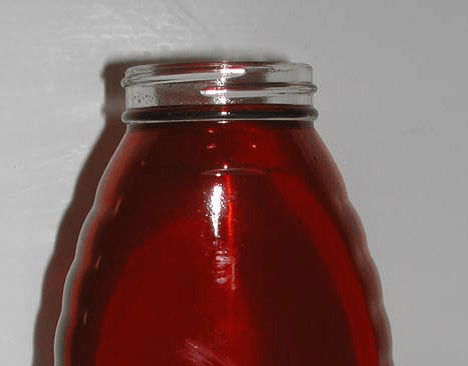
(Note that the jar on the right is not ready for judging as there are particles on the inside of the jar around the top. This should have been “cleaned up” prior to submitting it for judging.)
Tip: When doing your final adjustments use the bottom of a spoon to touch the top of the honey removing any floating particles. Also, use your spoon to clean the area around the inside and outside of the glass where the lid will be. The judges will note any debris inside or outside of the lid area.
End of section on Extracted Honey Entries
Let’s take a break before finishing up with the other entry categories. I’ll not give as much information on the following items for a couple reasons. First, the basics already covered are the same: cleanliness and adherence to the standard. The other reason is I have not competed in the cut comb or chunk honey categories. I have done some research though and will gladly share what I know. Additionally, I’ll be running this article by a couple people that have more experience than I for their approval before I distribute the article. And finally, I encourage you to do some research yourself. You’ll find that there is some variation between honey judging rules and guidelines although the basics are usually consistent. Most of what you will find below is from the South Carolina State Fair guidelines.
Onward we go:
All Classes with Chunk Comb (light and dark – all entry weights)
Chunk Honey is cut comb placed inside of jars before filling the jar.
Neatness and uniformity of cut – Upgrade for parallel and 4-sided cuts; downgrade for ragged edges.
Absence of watery cappings, uncapped cells and pollen
Cleanliness of product – Down-grade for travel stains on comb, foreign matter, wax, foam or crystallization.
Uniformity of appearance in capping structure, color, and accuracy of fill.
One (1) piece of comb in jar.
Comb cut the right way up – it’s a fault to put it in sideways or inverted
(I’ve heard some people melt a bit of wax in the bottom of the jar to hold the chunk of comb down in the jar.)
Cut Comb Honey (light and dark)
Cut comb honey is comb cut from the frame. Foundation should be thin and without wire.
Entry is one pound cut comb.
Neatness and uniformity of cut, absence of liquid honey.
Absence of watery cappings, uncapped cells, and pollen.
Cleanliness of product, absence of travel stains, absence of crushed wax.
Uniformity of appearance.
Beeswax
Single piece, pure beeswax, minimum (at least) 1 pound (16 oz.) but not to exceed 17 oz. There is no standard for molds as long as the wax block meets the above weight guidelines.
The optimum color for pure beeswax is light canary to straw yellow. Wax should be clean, uniform in appearance, and have a pleasant aroma. Cracks, ripples, finger prints, or debris or shrinkage deduct from points. I’ve seen polished wax and unpolished. Last year’s winning entry was unpolished.
Preparation of beeswax for entry is challenging. It will most likely require multiple meltings and strainings for it to become completely free of debris. This can be accomplished using a double boiler or crock pot(s). Never place wax directly on a heat source as it will readily ignite and exposure to high heat can adversely affect the finished product.
I use a couple old crock pots I have acquired at thrift stores. In one crock pot I melt the wax and, using a ladle, I pour it through a coffee filter sitting on top of a metal kitchen strainer. As the melted wax filters through it drops into the second crock pot which is set on its lowest setting. Sometimes a couple filterings like this gets the wax clean but a lot depends on what condition the wax was in to start.
When pouring into the mold melt your wax using the least amount of heat possible. You want to avoid wide swings in temperature as the wax will shrink as it hardens and a wide temperature variation increases this effect. Also, try to let the wax harden slowly to minimize cracking and shrinkage. I pour my wax in my barn, which can easily reach over 100 degrees Fahrenheit so it takes a while to fully harden. I usually keep an eye on it and as it cools and shrinks I add just a bit more melted wax to fill any shrinkage on what will eventually be the bottom of the wax block. Also, make sure your mold is level so that your finished product sits nicely on the show table.
Be patient, it may take several attempts to get a satisfactory block that weighs at least 16 ounces but less than 17 ounces.
Elsewhere on the web is this excellent, very detailed description on how to prepare wax for showing. Wax for Show By F. PADMORE
Best Beekeeper Exhibit
I would direct the reader to speak with Danny Cannon (Fair Booth Coordinator) at South Carolina Beekeepers Association for information on this entry. It involves a physical exhibit related to beekeeping. A beekeeping theme is presented each year. The topic for this year’s beekeeper display is “Honey Bees’ Contribution to our World.” Also, there is a space limitation of 3 exhibits. The Booth Coordinator must have you registered in order to exhibit your entry.
In closing, hopefully I have answered some questions related to entering and preparing your honey and wax for judging at the South Carolina State Fair. As I mentioned earlier, I’m far from an expert on this topic but felt the need to get some information out there for those that might want to participate in yet another honey bee related activity. Below are some links that you may find helpful as you further investigate various methods and try to reach for that perfect entry for this year. Happy beekeeping and I’ll see you at the State Fair!
Reference Links:
South Carolina State Fair Entries: https://www.scstatefair.org/competitions
Honey Judging and Standards by Malcolm T Sanford: http://entnemdept.ufl.edu/media/entnemdeptifasufledu/honeybee/pdfs/AA24800-Honey-Judging-and-Standards.pdf
Judging Honey by Dewey Caron: http://extension.oregonstate.edu/mb/sites/default/files/docs/breecec/Judging%20Honey%20by%20Dewey%20Caron%202015.pdf
USDA Extracted Honey Grades and Standards: https://www.ams.usda.gov/grades-standards/extracted-honey-grades-and-standards
USDA Extracted Honey Inspection Instructions: https://www.ams.usda.gov/sites/default/files/media/Extracted_Honey_Inspection_Instructions%5B1%5D.pdf
Metro Atlanta Beekeepers Honey Contest General Rules: http://www.metroatlantabeekeepers.org/honeyContest.php
Eastern Apiculture Society – Honey Show Prep: http://www.easternapiculture.org/resources/honey-show-prep.html
Southcentral Alaska Beekeepers Association: http://sababeekeepers.com/DemoBooth.html
Showing Honey at Fairs by E.C. Martin: http://beesource.com/resources/usda/showing-honey-at-fairs/
North Bucks Beekeepers Honey Show Preparation: https://www.nbbka.org/honey/honeyShow/preparation.aspx
Feel free to share this on:
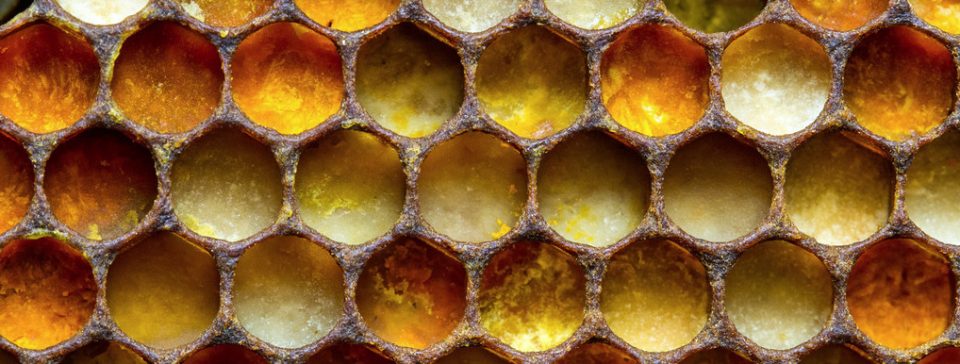


 It’s important that you give the customer their money’s worth. To that end, a standard has been set that will be judged in honey contests. A rough estimate is that your honey fill line should be above the bottom of the lid such that no air is observed when the jar is looked at from the side. Stated another way, no light should be seen between top of the honey and lid. Aim for a point at the bottom of the spiral that the lid screws onto.
It’s important that you give the customer their money’s worth. To that end, a standard has been set that will be judged in honey contests. A rough estimate is that your honey fill line should be above the bottom of the lid such that no air is observed when the jar is looked at from the side. Stated another way, no light should be seen between top of the honey and lid. Aim for a point at the bottom of the spiral that the lid screws onto.





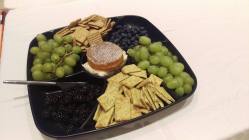















 The first venture into the hives after winter is probably one of the most difficult and dreaded for me each year. The bees have burr combed up all my minor violations of bee space and propolized everything together such that my inspections never go quite as planned. Then there’s always that space between boxes where the bottom bars of the frames above become connected to the top bars of the frames below. The bees, having not been allowed much in the way of drone comb find this a great spot to build drone comb and raise spring drones. The hives in question today, that had been deferred ten days ago, reminded me why I didn’t really want to deal with them ten days ago as I should have.
The first venture into the hives after winter is probably one of the most difficult and dreaded for me each year. The bees have burr combed up all my minor violations of bee space and propolized everything together such that my inspections never go quite as planned. Then there’s always that space between boxes where the bottom bars of the frames above become connected to the top bars of the frames below. The bees, having not been allowed much in the way of drone comb find this a great spot to build drone comb and raise spring drones. The hives in question today, that had been deferred ten days ago, reminded me why I didn’t really want to deal with them ten days ago as I should have.









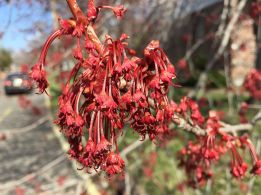




 Born February 10, 1916
Born February 10, 1916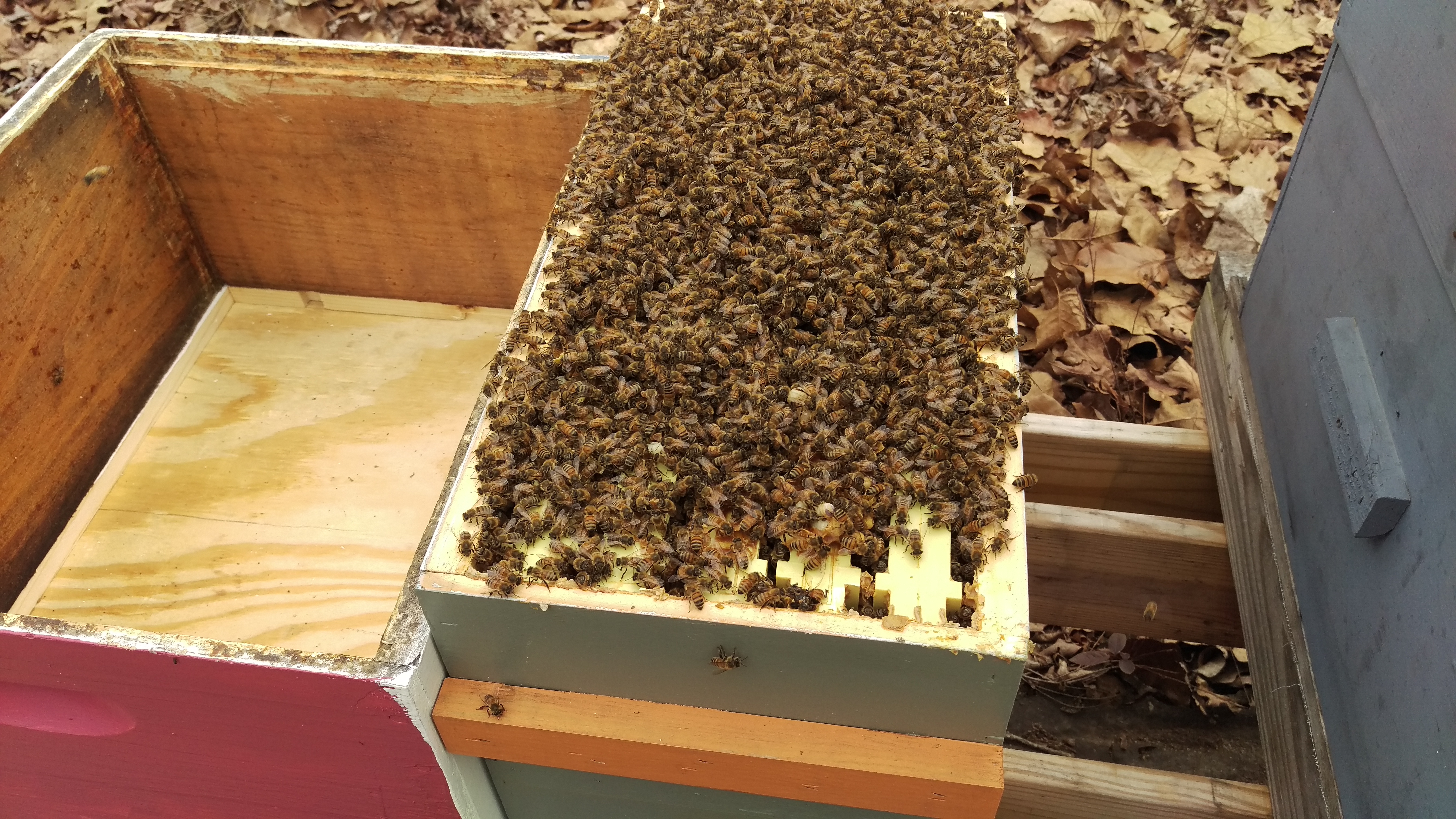



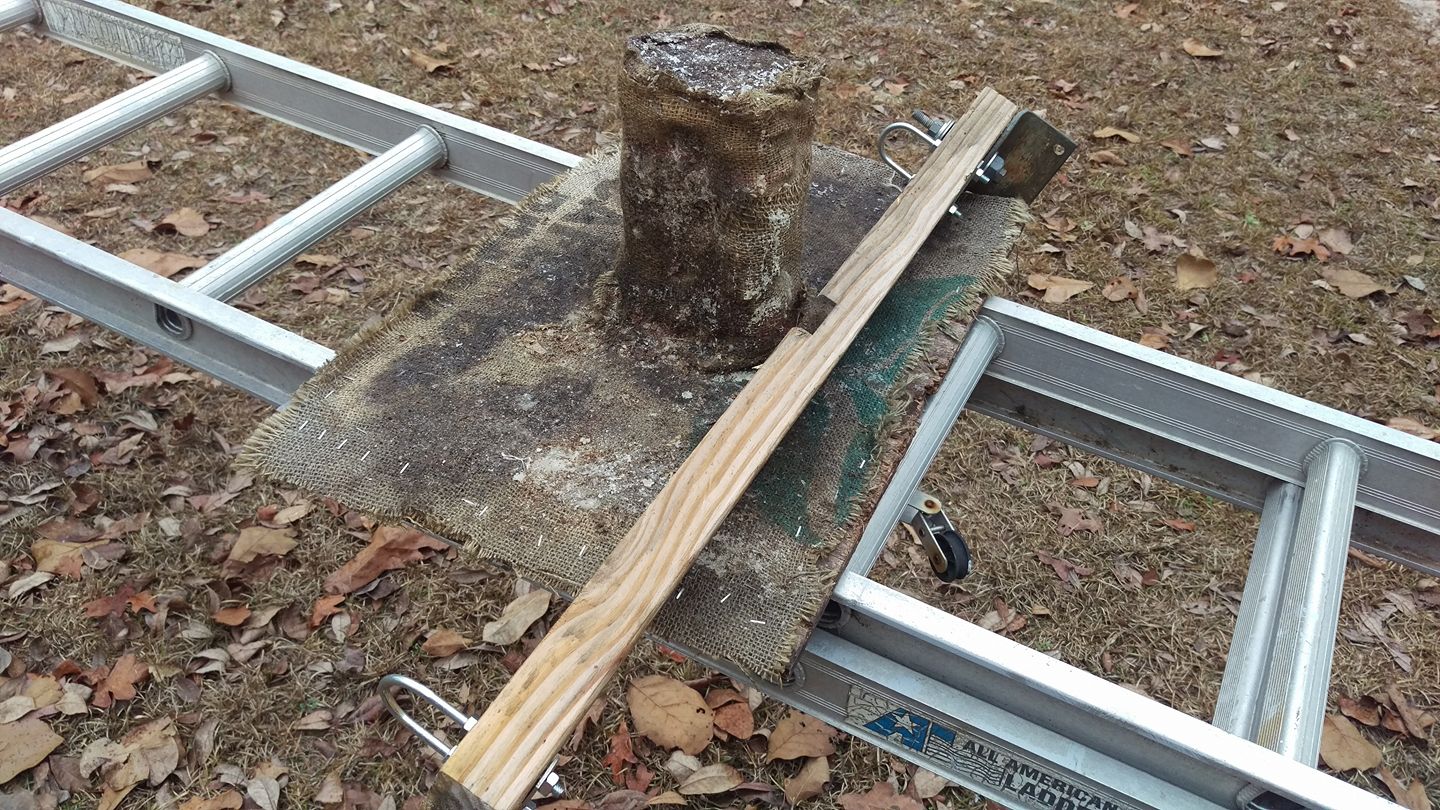
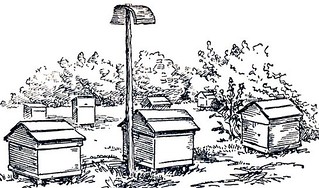
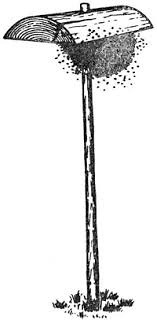
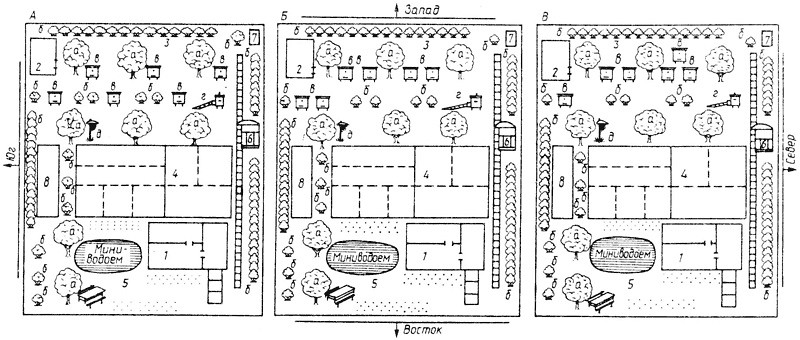


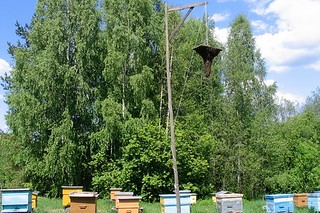

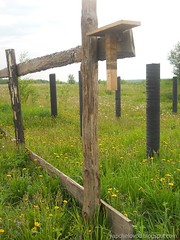

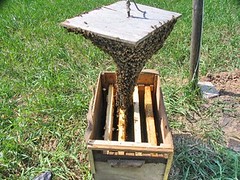


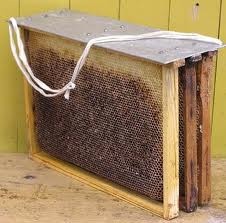
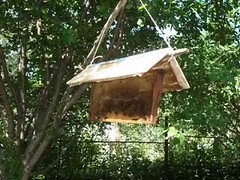

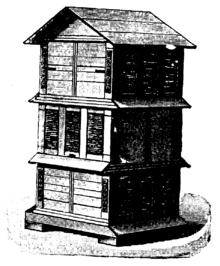





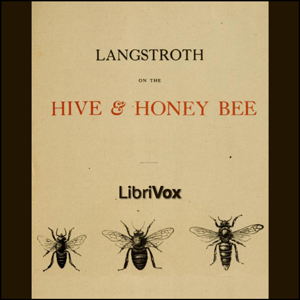





 Karl
Karl 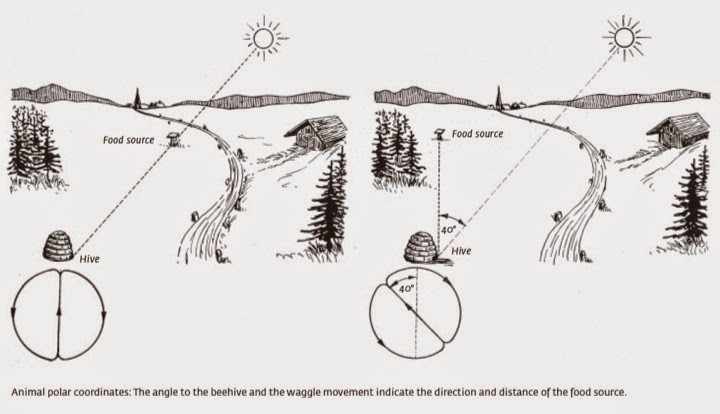
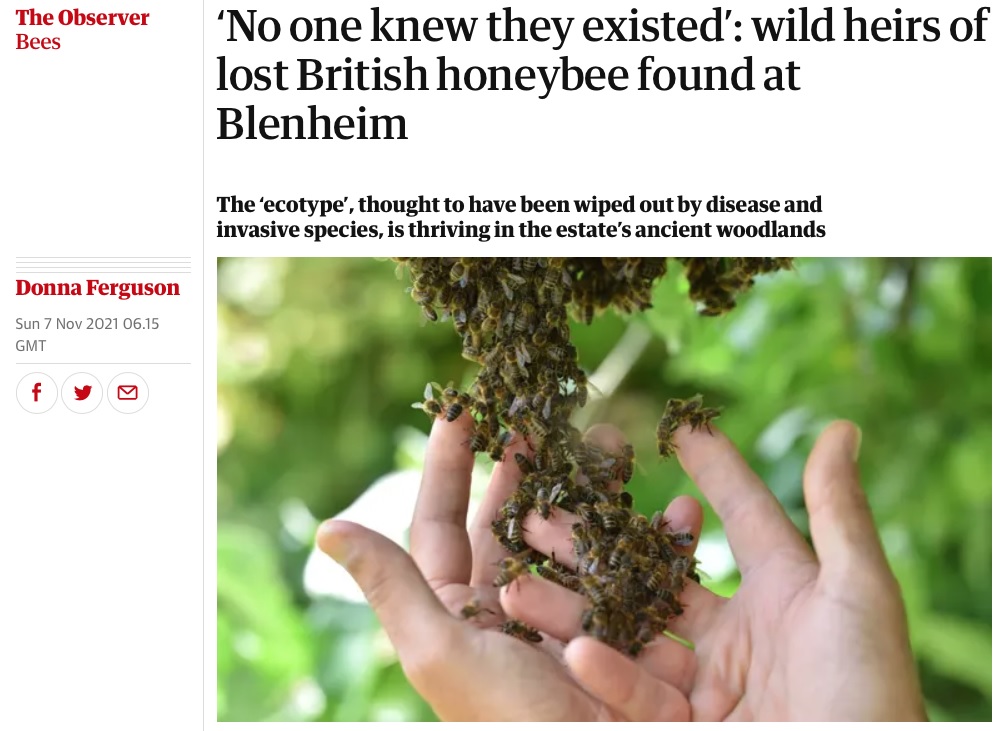







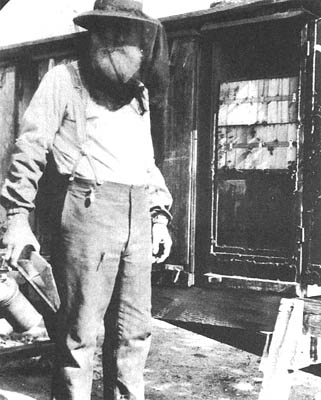






 By Patricia Sullivan
By Patricia Sullivan Walt Wright was born and raised in Burtonsville, MD, then a barefoot country boy area, and now suburbia of a sprawling Washington, DC. He enlisted in the Air Force to get electronics training, and served as a radar repairman. After service time he joined General Electric in maintaining overseas sites of the Security Service (spell that SPY).
Walt Wright was born and raised in Burtonsville, MD, then a barefoot country boy area, and now suburbia of a sprawling Washington, DC. He enlisted in the Air Force to get electronics training, and served as a radar repairman. After service time he joined General Electric in maintaining overseas sites of the Security Service (spell that SPY).